America’s worst government spending disasters
Projects that wasted taxpayers' cash

America's national debt has just ballooned to an eye-watering $22 trillion (£17tn) in 2019 – the highest it has ever been – so taxpayers' money should be spent wisely, you might think. However, there have been many cases, in which the government got it totally wrong, throwing away millions of peoples' hard-earned cash. From ridiculous studies in space to cancelled military projects that went massively over budget, here we take a look at some of the biggest wastes of money.
Jazz-playing robots: $2 million (£1.5m)

Census Bureau's Super Bowl ad: $2.5 million (£1.9m)

To air a commercial during the Super Bowl costs millions of dollars. But the Census Bureau must have thought it was a good investment of taxpayers' money when it splashed $2.5 million (£1.9m) on a 30-second ad during 2010's big game as a reminder to fill out a questionnaire and be counted. To many taxpayers, it did seemed like a waste of money though. In fact, even politicians were shocked and Senator John McCain described the decision at the time as "out of touch with what is going on in the real world".
Unused email software subscription: $12 million (£9.3m)

In 2014 the Internal Revenue Service wasted $12 million (£9.3m) on an email software that it couldn't use, according to an internal watchdog. The cash was already spent when the tax service found out that the two-year Microsoft subscription was incompatible with the existing system.
Maintaining unused cars: $13.5 million (£10.4m)

Study looking into the effectiveness of golf equipment in space: $15 million (£11.7m)

This is probably one of the most frivolous things NASA has ever thrown away taxpayers' money for. Unfortunately, it cost millions of dollars. The space agency gave $15 million (£11.7m) annually on a study analysing the materials used to make golf equipment in space in order to identify ways clubs can be made stronger. It's not know for how many years that the project went on but it could be argued that $15 million might have been a little too much to spend on the sport.
Camouflage that didn’t actually blend in: $28 million (£21.6m)
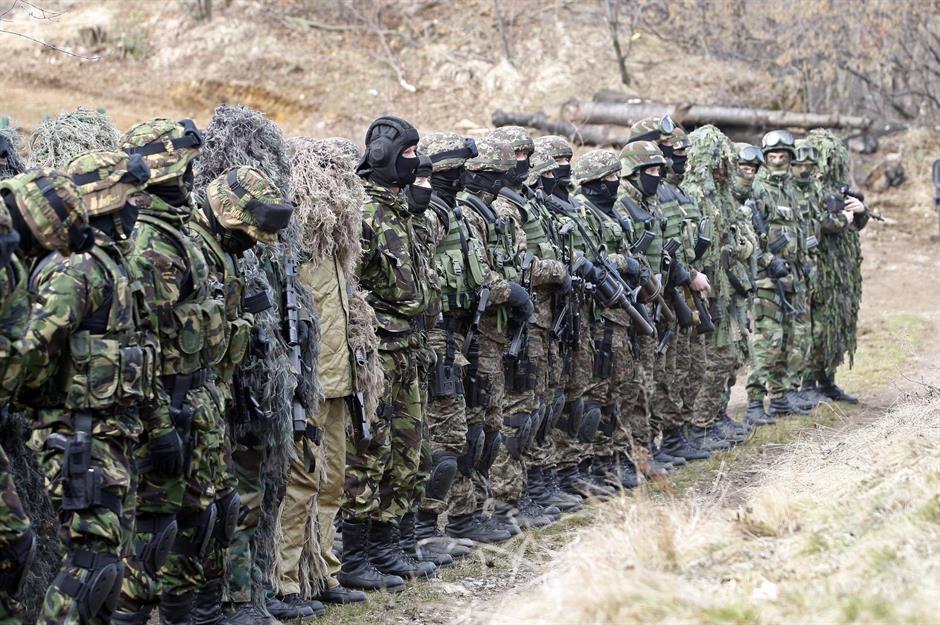
In 2017 the Pentagon made the bizarre decision to supply Afghan National Army troops with lush green-patterned uniforms. Afghanistan is 98% desert however, so ironically, the 'camouflage' made the soldiers stick out. The visible uniform didn't come cheap, and cost taxpayers a massive $28 million (£21.6m).
Atlanta’s streetcar, Georgia: $47.6 million (£36.7m)

Atlanta's streetcar line, which runs in a 2.7-mile loop through downtown, cost the federal government $47.6 million (£36.7m) to build. However, the public transport system doesn't really help commuters to get around quickly in the city. According to Atlanta Magazine, riding the streetcar isn't any faster than walking. What's more, the exact same line is already covered by the subway.
Paul S Sarbanes Silver Spring Transit Center, Maryland: $55 million (£42.4m)
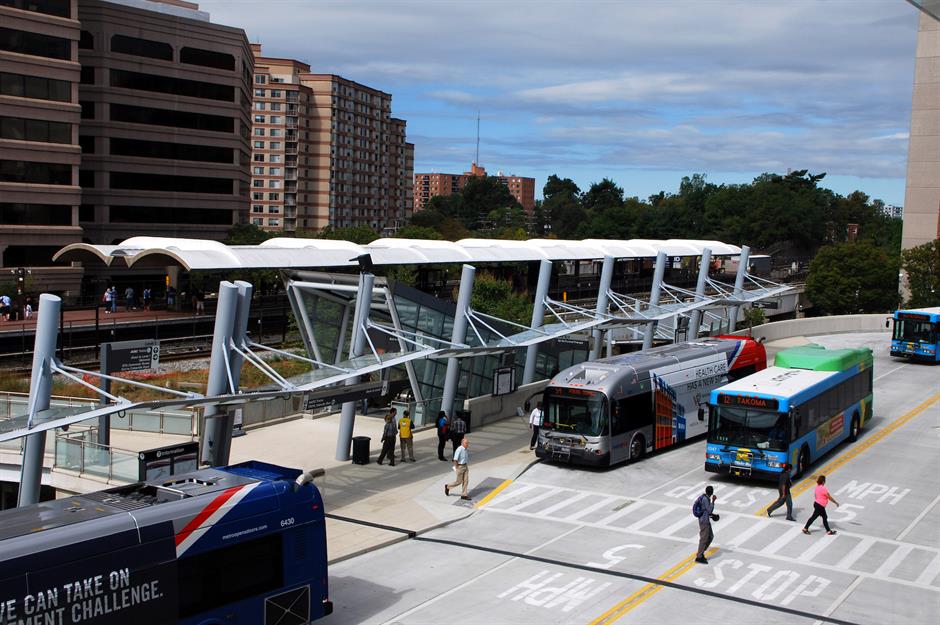
The Paul S Sarbanes Silver Spring Transit Center was $47 million (£36m) over budget and five years late when it opened in 2015. Due to design and construction flaws, costs of the public transport hub in Silver Spring, Maryland, ballooned to $140 million (£108m), with taxpayers having to pay half of it. Montgomery County then spent another $10 million (£7.7m) suing the contractor over $67 million (£52m) according to The Washington Post, which ended in a $25 million (£19m) settlement two years later, bringing down the government's total costs to $55 million (£42.4m).
Peanuts for loan repayments program: $74 million (£57.1m)

Abandoned hotel in Kabul, Afghanistan: $85 million (£66m)
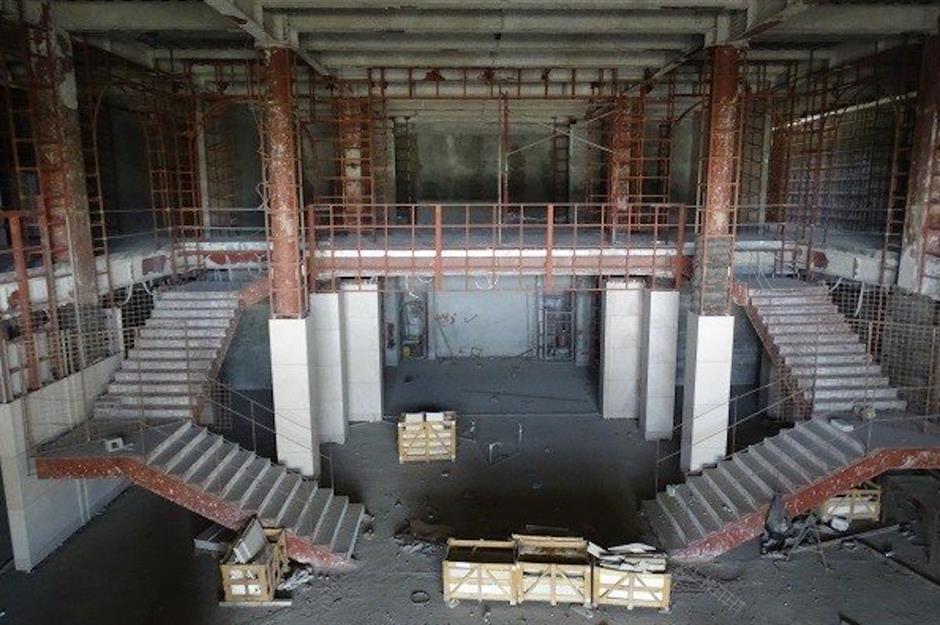
Unused flight tickets: $100 million (£77m)

Between 1997 and 2003, the Department of Defense squandered $100 million (£77m) on plane tickets that weren't used. What made things even worse, the government never even bothered to get the money back on the tickets, which were refundable.
Greenbrier Bunker, West Virginia: $113 million (£87.2m)
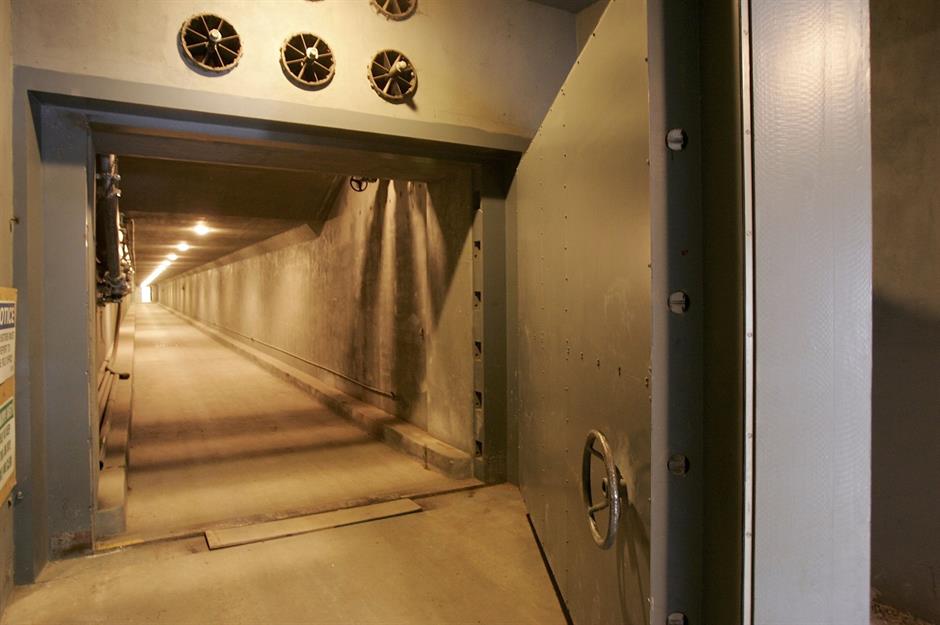
Greenbrier Bunker in West Virginia was a top-secret potential hiding place for the government in case of a nuclear attack during the Cold War. It cost taxpayers $14 million to build in 1962 – that's as much as $113 million (£87.2m) today when adjusted for inflation – and tens of thousands of dollars to maintain, but has never actually been used. The government decommissioned the bunker after The Washington Post revealed its existence in 1992. It is now open to the public and can be visited on tours.
Overpriced penis pumps: $172 million (£133m)

West Los Angeles Home for Veterans, California: $253 million (£195m)

The Home for Veterans on the Veterans Affairs campus in West Los Angeles was supposed to be the home for nearly 400 veterans with medical needs, and was going to be the largest state veterans home project in the US. Opened in 2010, the site with its own golf course, theatres and churches cost about a quarter of a billion dollars to built, yet it sits half empty. Why? It was built without a full-service kitchen because the state government believed that it had arranged that the US Department of Veterans Affairs would provide an independent food service, but that didn't take place and so the campus is still not at full capacity.
Power plant that is rarely used, Afghanistan: $335 million (£259m)
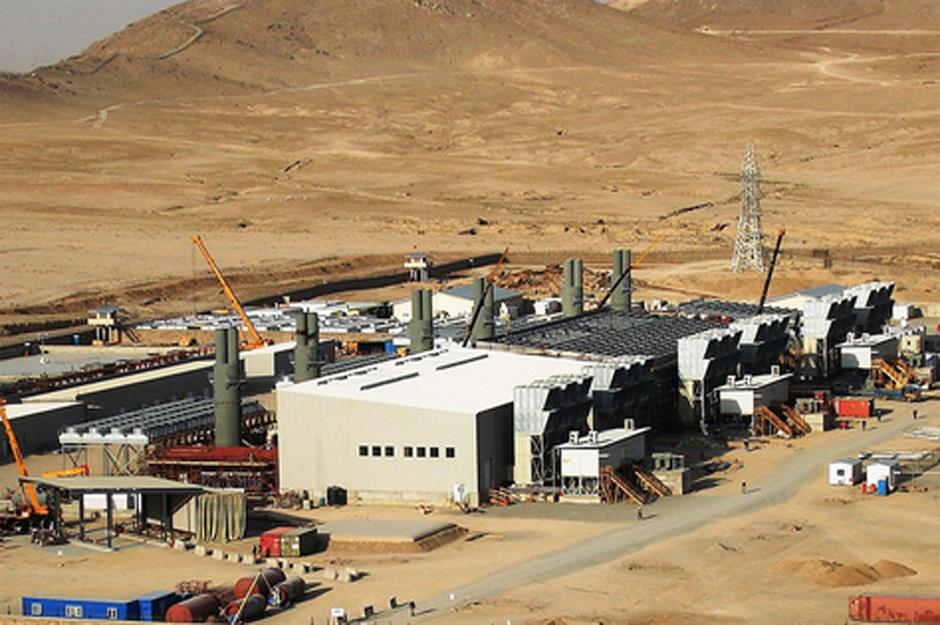
Preserving outdated technology: $337 million/year (£262m)

The government is throwing away billions of dollars to keep out-of-date computer systems running. The latest report by the Government Accountability Office (GAO) found that more than $337 million (£262m) per year are needed to operate and maintain the federal government's 10 legacy systems rather than using newer and more efficient technology. Among the outdated tech is a 14-year-old Air Force computer system whose coding language isn't really used anymore.
From GPS to cryptocurrency, suprisingly valuable things the US government owns
Cancelled Auburn Dam, California: $431 million (£336m)
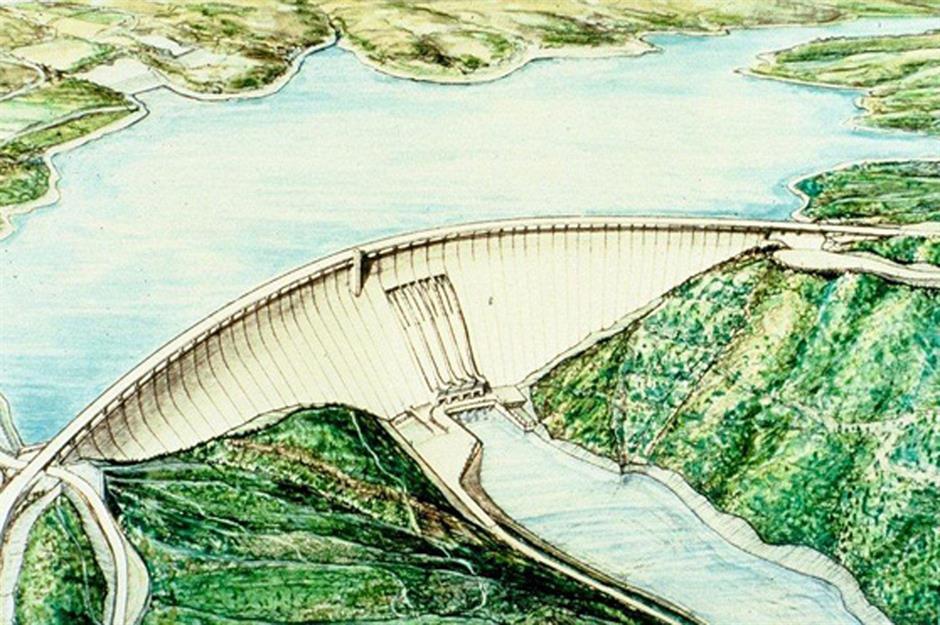
Cancelled Air Force’s Air Operations Center (AOC): $745 million (£580m)
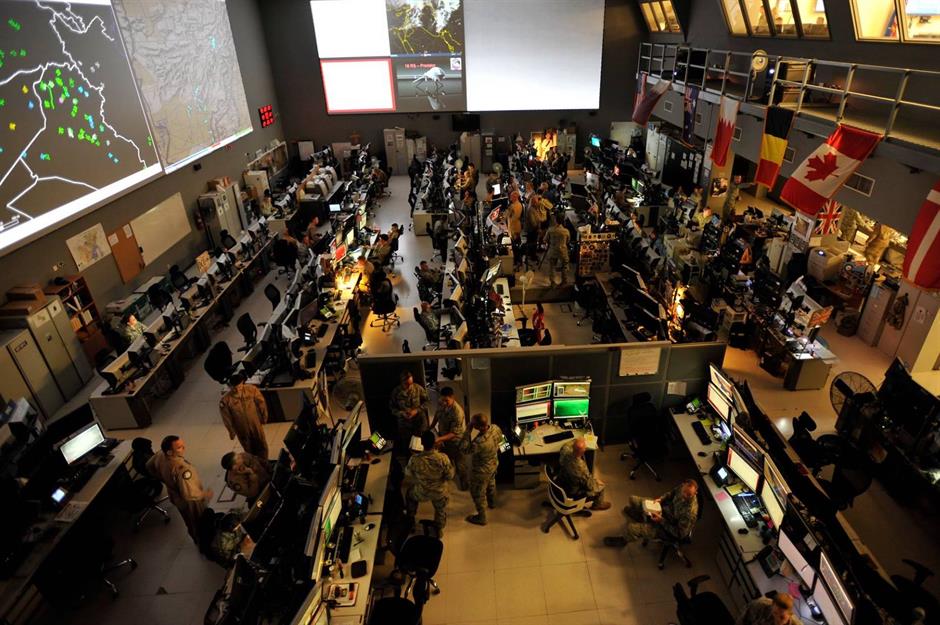
San Diego’s trolley expansion, California: $1.04 billion (£810m)
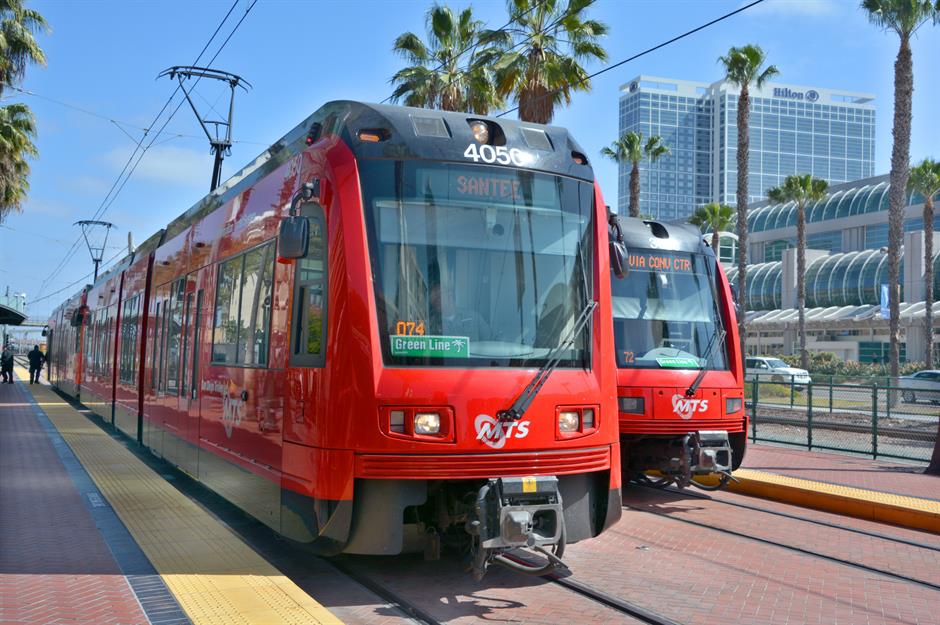
The costs of public transport projects can easily spiral out of control. In this case though, the government has been very generous with taxpayers' money from the beginning. For a 10.9-mile expansion of San Diego’s trolley line the Department of Transportation has granted $1.04 billion (£810m) in funding, which works out to just under $100 million (£77.2m) per mile. It is estimated that a total of 24,600 people might ride the trolley after the completion in 2021 each day – a lot of cash for a relatively small target group.
Cancelled US Air Force's Expeditionary Combat Support System: $1.1 billion (£856m)

One of many examples of mismanagement in the US military, between 2005 and 2012 the Air Force wasted a staggering $1.1 billion (£856m) on a project that was never completed. The Expeditionary Combat Support System (ECSS) was an IT project designed to automate and streamline logistics operations. However, it was massively behind schedule costing more money than it would have saved. By the time of its completion, the technology would have been obsolete and logistics would have been complicated rather than improved.
Cancelled Secure Border Initiative: $1.15 billion (£895m)
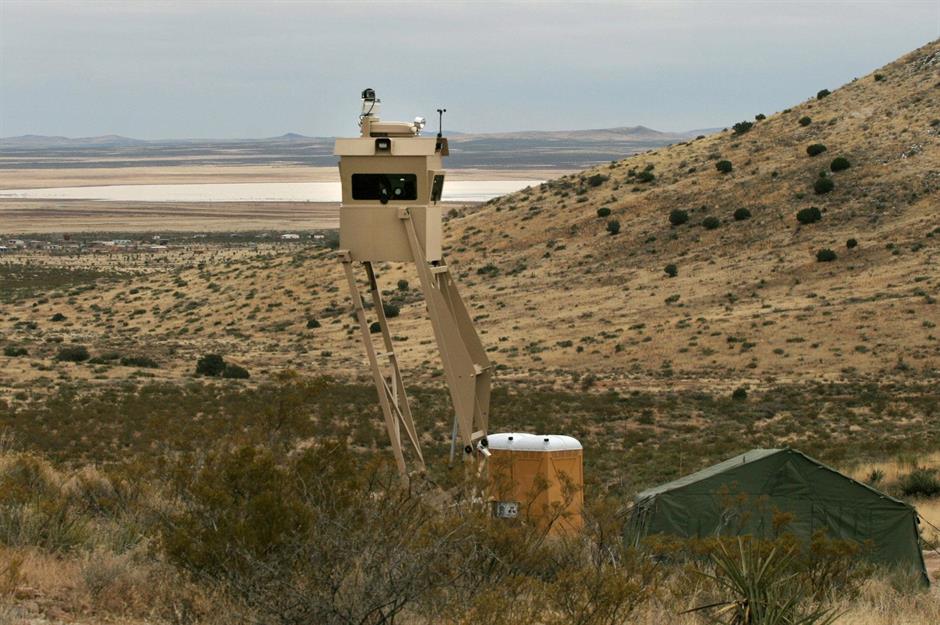
Homeland Security's new headquarters: $1.5 billion (£1.2bn)
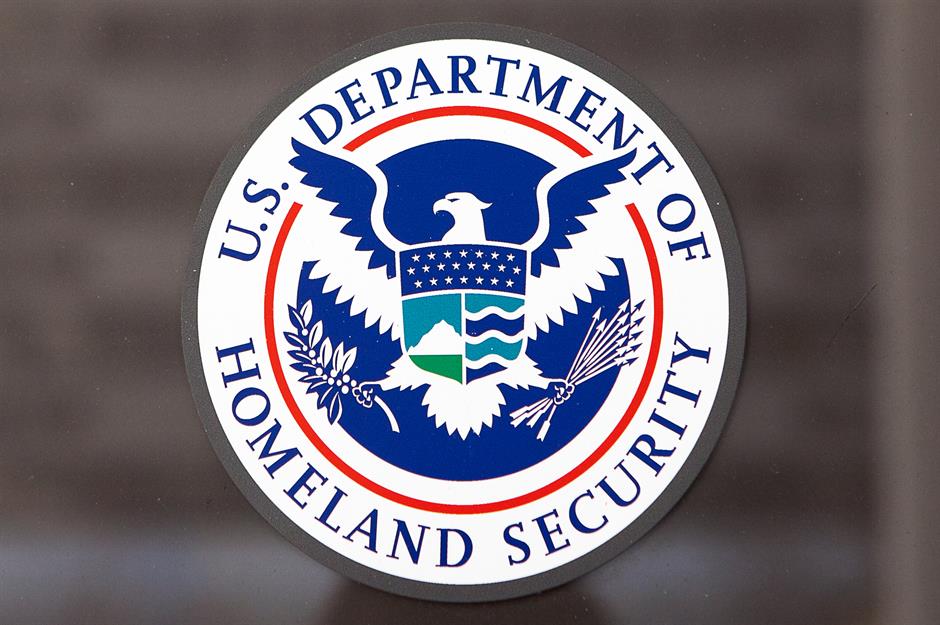
After 9/11 the Department of Homeland Security was allocated a new centralised headquarters to better coordinate fighting terrorism, patrolling borders and reporting national disasters. Staff began moving into the Center Building in April this year but the massive complex on the grounds of St. Elizabeth’s campus in DC was over a decade late, and more than $1.5 billion (£1.2bn) over budget. Not only that but there have been reports of bad phone signal interfering with staff members' ability to work well in the new location.
Maintaining abandoned buildings: $1.7 billion/year (£1.3bn)
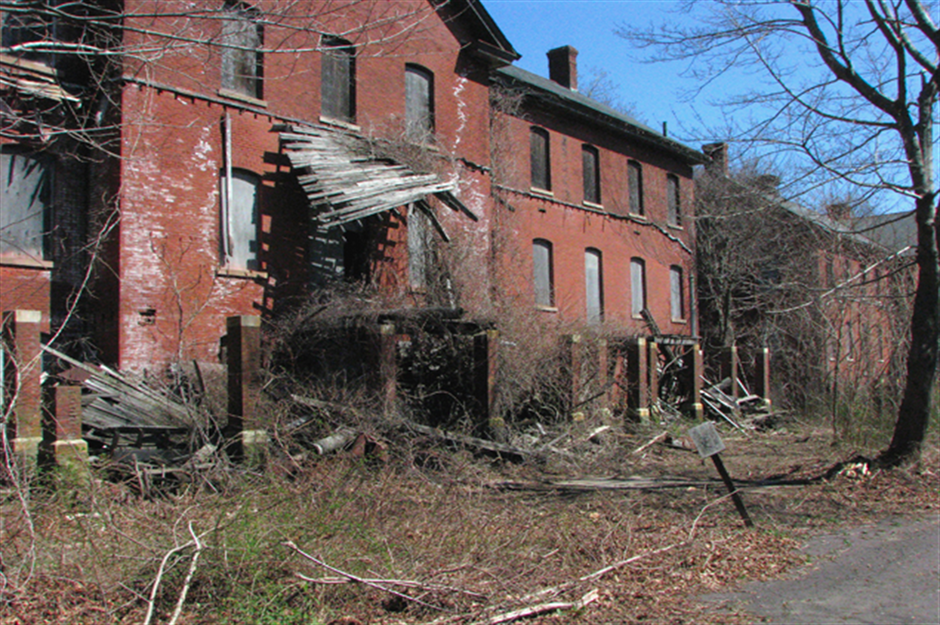
The US government spends more than $1.7 billion (£1.3bn) a year to maintain around 770,000 empty or underutilised buildings, according to a watchdog report. Taxpayers are footing the bill for everything from old hospitals and offices to mouldy firehouses and derelict cabins. One of the vacant sites, Federal Building Number 8 in central Washington sat empty for over a decade awaiting plans for renovation. In Boston between 2014 and 2016 $5.5 million ($4.2m) was spent on maintaining abandoned buildings on Long Island.
Abandoned projects the US government spent billions of taxpayers' money on
Cancelled Superconducting Super Collider (SSC): $3.6 billion (£2.8bn)
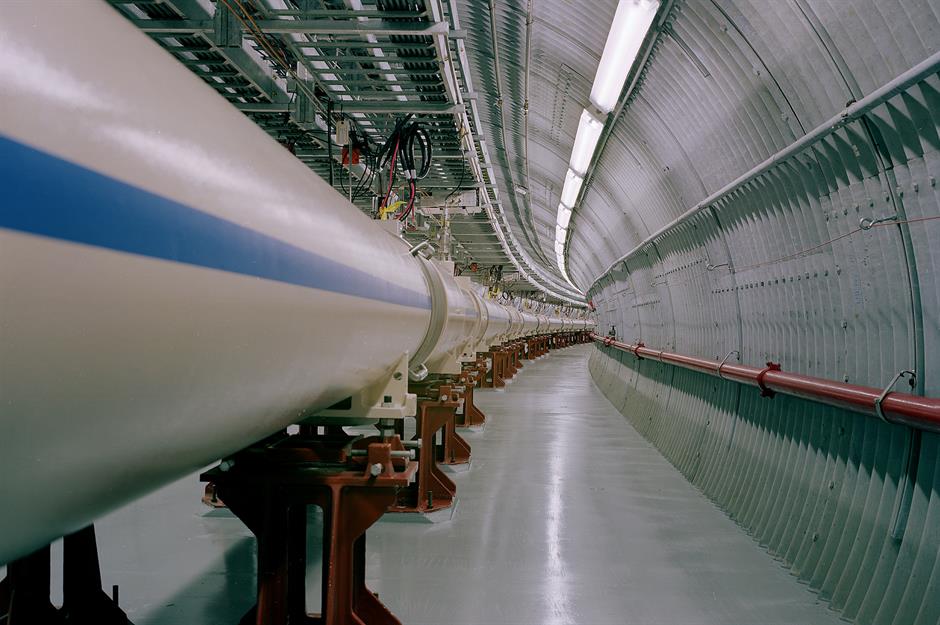
Planned to beat the rivalling particle collider at the European Organization for Nuclear Research (CERN) in Switzerland, the Superconducting Super Collider (SSC) in Texas would have been America's very own particle collider. Construction of the megaproject began in the late 1980s with shafts and miles of tunnels being bored, but by the early 1990s costs were ballooning out of control. Soon the whole project was questioned. After around $2 billion had been spent, the equivalent of $3.6 billion (£2.8bn) in 2019, the plug was pulled in 1993.
Department of Veteran Affairs' EHR Projects: $4.98 billion (£3.9bn)

Despite intense oversight pressure, the Department of Veteran Affairs (VA) keeps blowing billions of dollars on maintaining its current electric health records (EHR). Over the next decade the VA is rolling out a new 10-year $10 billion (£7.7bn) Electronic Health Record (EHR) system called Cerner, but just to keep the current system running about half the budget, $4.98 billion (£3.9bn), is needed. The cost is even likely to be higher, as the VA's cost tracking is unreliable, government audits have revealed.
Cancelled NASA's Constellation program: $9 billion (£7bn)
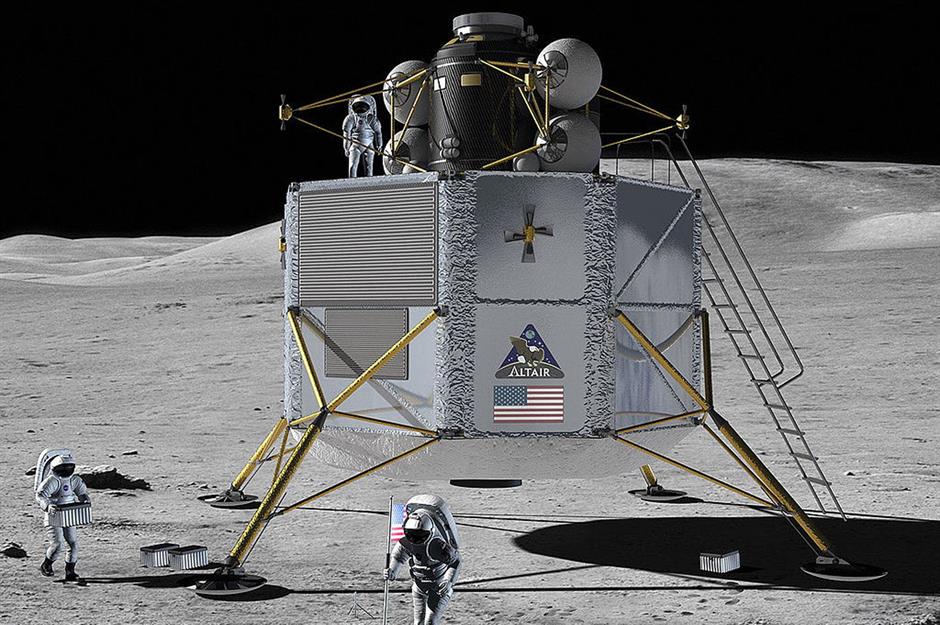
NASA has pumped billions of dollars into failed manned spaceflight programs in recent years, and the most wasteful is by far the 2005 Constellation program. Launched with the goal to return US astronauts to the moon by 2020, the space agency was allocated a bumper budget to develop a new spacecraft and several rockets. In 2009 the project was deemed "over budget, behind schedule, and lacking in innovation", however, and shut down. But by then, a mindblowing $9 billion (£7bn) had already been spent.
Cancelled Yucca Mountain nuclear waste repository, Nevada: $15 billion (£11.7bn)

Cancelled Future Combat Systems (FCS): $19.9 billion (£15.5bn)
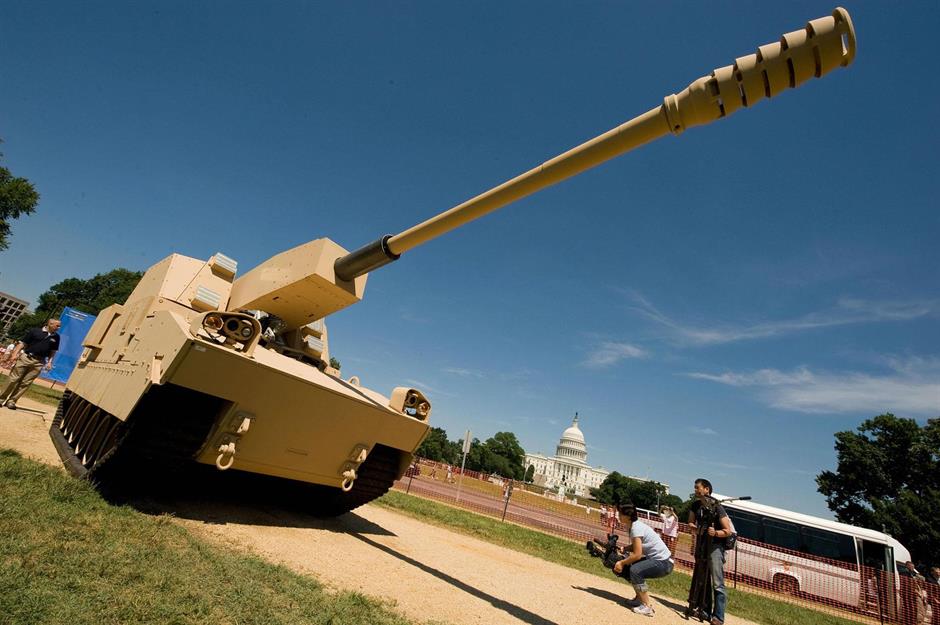
To much fanfare, the US Army launched Future Combat Systems (FCS), the most extensive military modernisation program since World War II, in 2003. FCS was envisioned to create a fleet of lightweight robotic ground vehicles controlled by tech-savvy combat brigades. However, the vehicles that looked great on paper weren't suitable for modern guerilla-style warfare. By 2008, the program had lost the support of the army and the government and it was cancelled the following year. By that time though, it had already eaten up $18.1 billion (£14.1bn), and cancellation fees pushed the final bill up to $19.9 billion (£15.5bn).
F-35 Joint Strike Fighter: $1.5 trillion (£1.2tn)
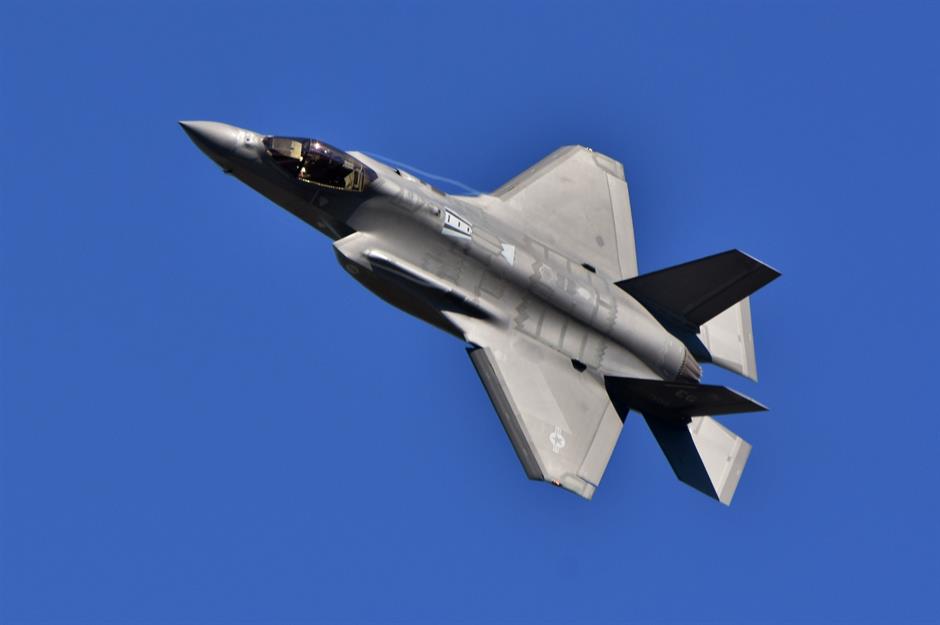
America’s next-generation fighter jet F-35 is the Defense Department’s most expensive weapons program ever. After suffering from technical problems the project is years behind schedule and has swallowed up hundreds of billions of dollars up to date already. Over its 55-year lifespan the project is expected to cost taxpayers an eye-watering $1.5 trillion (£1.2tn) – could this be the country’s worst government spending disaster of all time?
Discover the controversial ways the US government spends taxpayers' money
Comments
Be the first to comment
Do you want to comment on this article? You need to be signed in for this feature